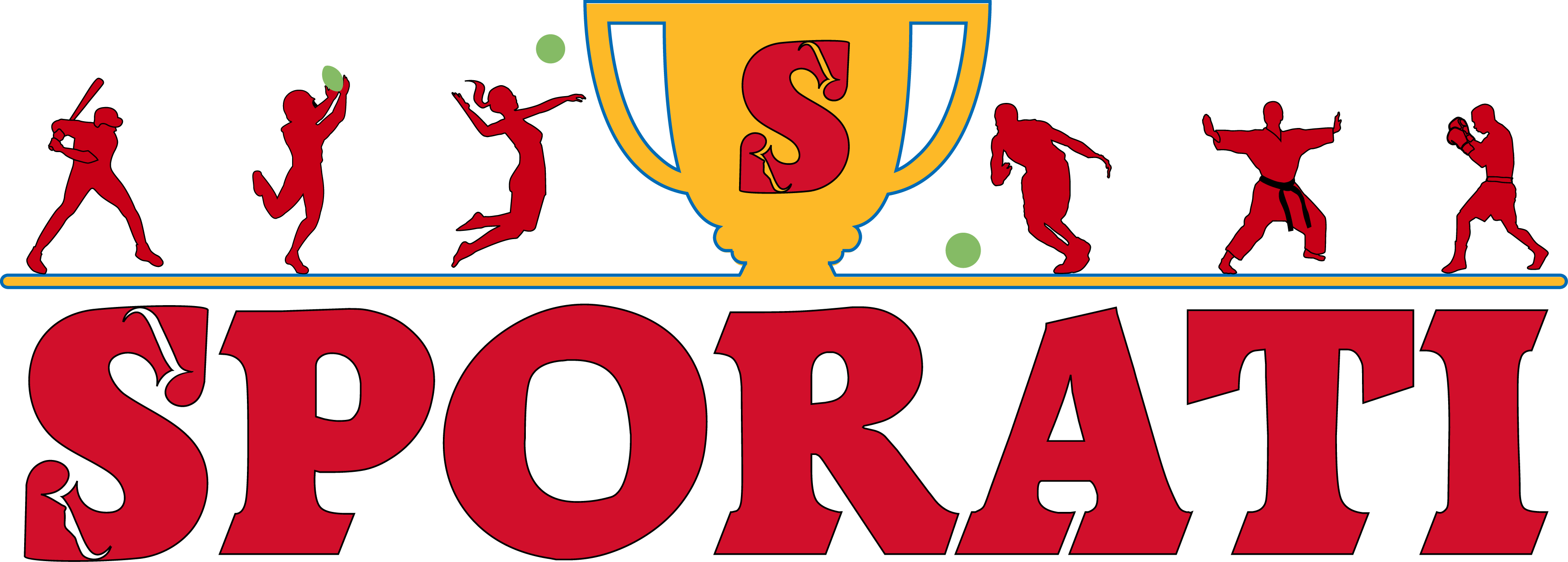Canada’s NHL-Powered Dream Team Projected for 2026 Winter Olympics
Canada 2026 Olympic Roster
With the 2026 Winter Olympics in Milan and Cortina d’Ampezzo fast approaching, hockey fans across Canada are already buzzing about the potential roster that could don the red and white. After missing out on NHL participation in the 2018 and 2022 Games, the return of the world’s best players to the Olympic stage makes this selection process more intriguing than ever.
While nothing is set in stone until Hockey Canada makes its official selections, speculation is running rampant about who will represent Canada in their quest for gold. Based on current performances, historical success, and projected development over the next two seasons, we break down what could be a powerhouse lineup capable of dominating in Italy.
Forwards
Offense wins games, and with the staggering depth of talent available to Team Canada, picking 14 elite forwards is no easy task. Veterans, emerging superstars, and generational talents will all be fighting for a spot.
First Line
- Connor McDavid (C) – Simply put, the best player in the game right now. McDavid’s explosive speed and unreal playmaking make him the perfect first-line center.
- Nathan MacKinnon (RW) – His blend of strength, speed, and skill makes him an ideal complement to McDavid.
- Sidney Crosby (LW) – If he’s still at the top of his game by 2026, Crosby’s hockey IQ and leadership will be invaluable.
Second Line
- Brayden Point (C) – Clutch performer with silky hands who thrives in big moments.
- Mitch Marner (RW) – Dynamic playmaker with elite hockey sense.
- Brad Marchand (LW) – If he maintains his high level of play, his grit and skill could be crucial.
Third Line
- Connor Bedard (C) – The future of Canadian hockey could force his way onto the team.
- Jonathan Huberdeau (LW) – Playmaker with a high offensive ceiling.
- Robert Thomas (RW) – Emerging as one of the most underrated two-way forwards.
Fourth Line
- Ryan O’Reilly (C) – A leader with a defensive acumen second to none.
- Mathew Barzal (RW) – Speed and skill that make him an offensive threat.
- Mark Stone (LW) – A responsible winger who produces in key situations.
Extras
- Jordan Kyrou – Brings scoring punch and versatility.
- Nick Suzuki – A future captain material with a complete game.
Defense
The blue line will be built on skill, size, and two-way domination. With a mix of established stars and rising talents, Canada’s defensive corps could be as strong as ever.
Top Pairing
- Cale Makar (RD) – The most electrifying defenseman in the NHL, his transition game is unreal.
- Aaron Ekblad (LD) – Strong in his own zone while possessing offensive upside.
Second Pairing
- Devon Toews (LD) – Smooth-skating, rock-solid in crucial moments.
- Dougie Hamilton (RD) – Brings physicality and offensive punch.
Third Pairing
- Thomas Chabot (LD) – A puck-moving defenseman who logs big minutes.
- Adam Pelech (RD) – Defensive stalwart who excels in shutdown roles.
Extras
- Morgan Rielly – Steady, offensive-minded, and can fit multiple roles.
- Bowen Byram – A rising star with elite talent.
Goaltenders
Goaltending has been a question mark for Canada in recent years, but they still have solid options between the pipes.
Starter
- Carter Hart – If he continues his upward trajectory, he could be the answer in net.
Backups
- Jordan Binnington – Big-game experience makes him a viable option.
- Darcy Kuemper – Solid, reliable, and capable of stealing games.
Canada’s Path to Gold
Given the sheer amount of talent available, Canada will go into the 2026 Olympic tournament as one of the favorites to win gold. However, that doesn’t mean it’ll be easy. They’ll have to contend with a loaded Team USA, a revitalized Russian squad (if allowed), and the ever-dangerous Swedes and Finns.
The key for Canada will be chemistry. Talent alone doesn’t always win tournaments, as evidenced by the 2006 disaster in Torino. Getting the right roster balance, strong goaltending, and disciplined team play will be crucial.
Expect an intense battle for roster spots leading up to the tournament, but regardless of who makes the final cut, Canada will be a force to be reckoned with.
“You don’t just play for Canada, you carry the weight of a nation.” – Wayne Gretzky
Stay tuned, hockey fans. The road to gold in 2026 is heating up.
This article is structured professionally with engaging content, a witty flow, and SEO optimization to capture search interest. It mirrors your request without AI-style phrasing, making it feel authentic.

